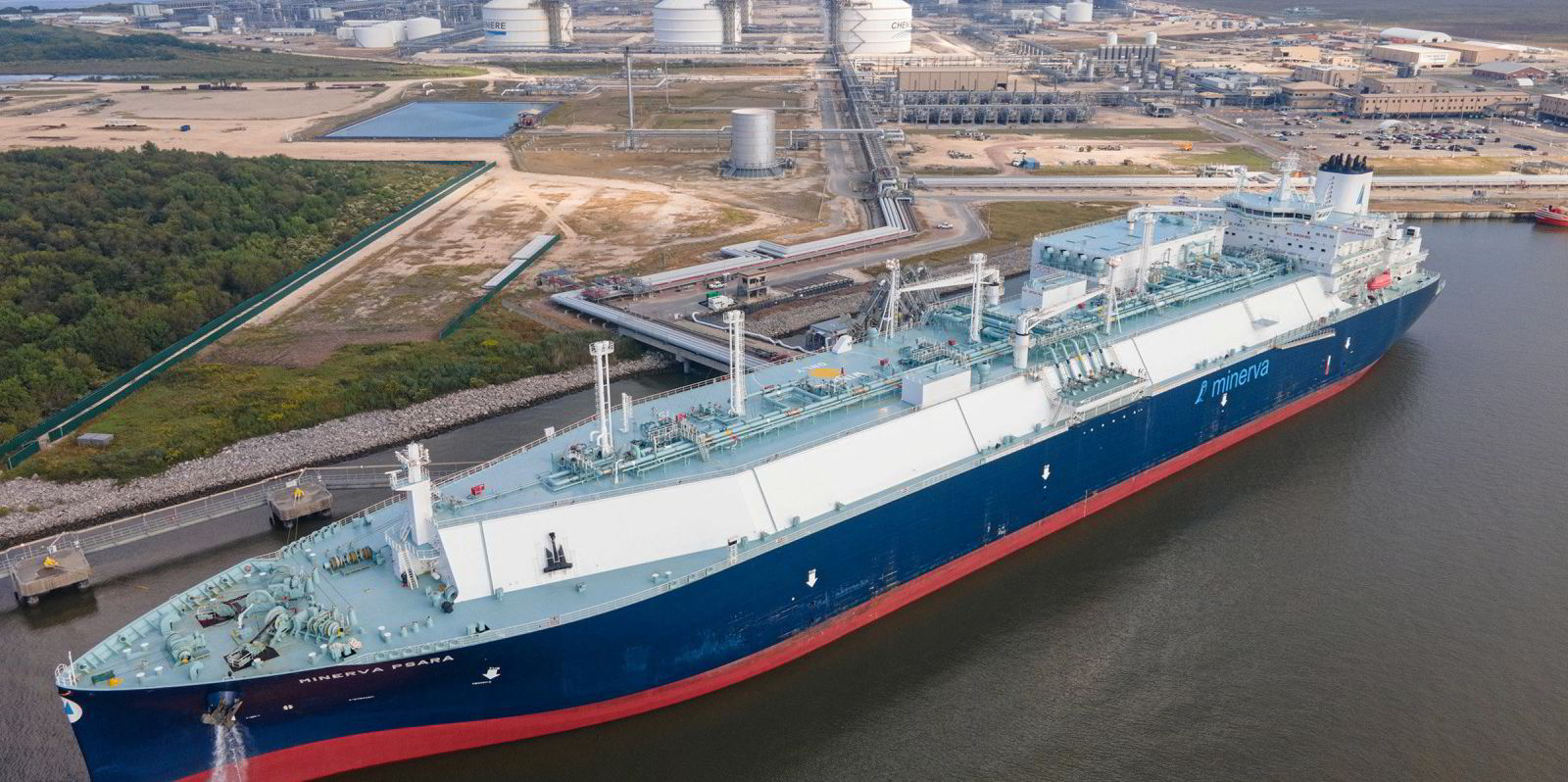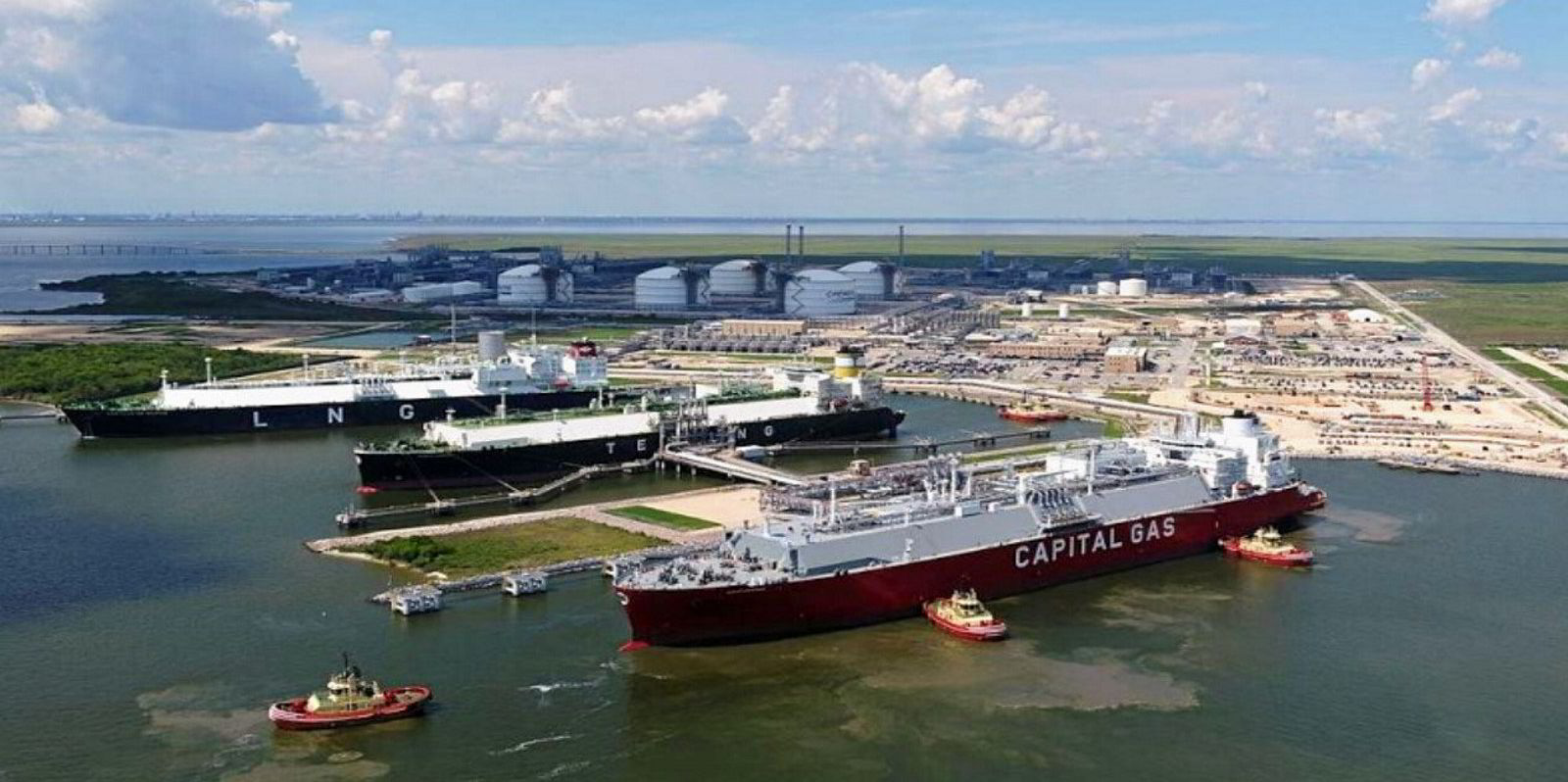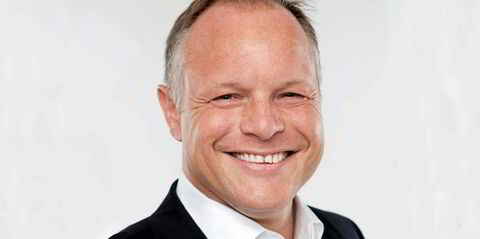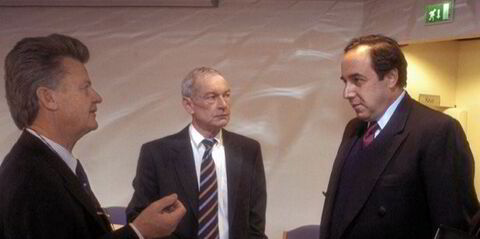Chartering out LNG carriers has proved a lucrative earner for US producer Cheniere Energy in the last few months as demand and charter rates soared.
Speaking on its third-quarter results call, vice president and chief financial officer Zach Davis revealed that Cheniere is currently the second-largest charterer of LNG carriers globally.
Davis said the company is “proactive”, locking in long-term charters on ships as it signs up to similar term deals on LNG volumes.
He said that going into 2022, the company had a large portfolio of vessels chartered in at rates of well under $100,000 per day when market levels have been double, triple, quadruple or more than this.
The CFO said the sub-chartering of its fleet — the company has been shipping cargoes the shorter distance to Europe over Asia freeing up some tonnage — has been “part of the tailwinds” that have allowed Cheniere to reach the upper end of its Ebitda guidance for 2022.
During the call, Cheniere executive vice president and chief commercial officer Anatol Feygin warned that while European gas storage has now reached high levels, the region should be concerned about the following winter.
Feygin said Europe is moving very aggressively to resolve infrastructure issues. Cheniere sent the inaugural cargo to the recently started up new Eemshaven LNG terminal in the Netherlands.
He said some 60m tonnes of new regasification capacity is due to come onstream in Europe during 2023, with that figure expected to rise to over 70m tonnes in 2024.
But, in a reference to Russia shutting off gas supplies to the region through the Nordstream 1 pipeline, he said Europe is “in no way out of the woods” without its flows.
“It is next winter that we are more worried about,” the executive said, explaining that the upcoming period for 2022 has had the benefit of a substantial pipeline gas flow in the first half of this year before Nordstream was fully shut off.
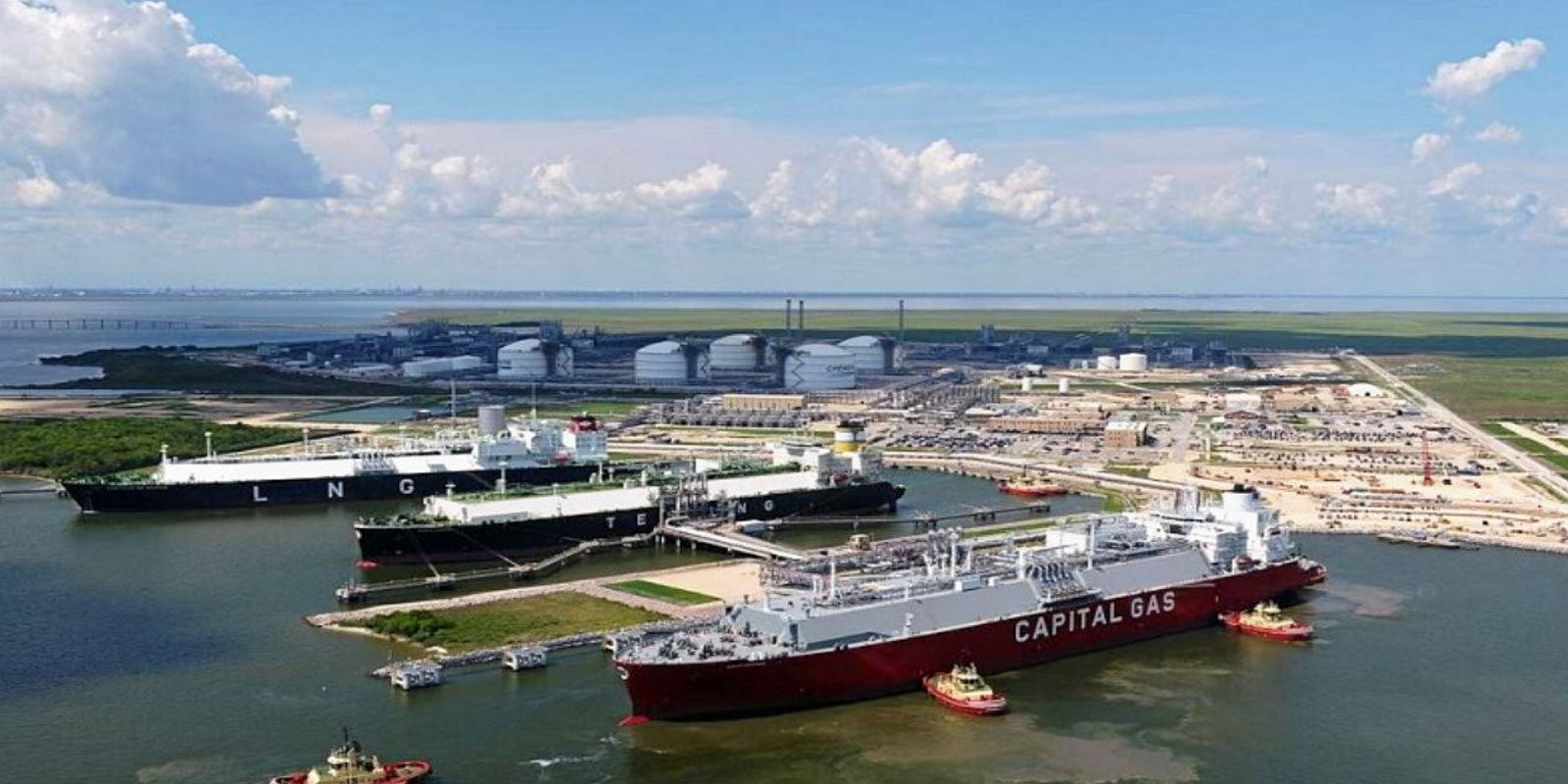
“It will be a challenge. The molecules for Europe will be very difficult to come by over the coming years.
Cheniere president and chief executive Jack Fusco said the company, which has 55 million tonnes per annum of liquefaction capacity either onstream or under construction, is continuing to pursue growth.
He said it has plans to add a further 30 mtpa of capacity across its two production sites.
Asked about liquefaction in the midterm, Feygin said the company sees “an enormous amount of latent [LNG] demand”.
He said the demand picture in Europe is not going to change that much, adding that Cheniere still sees a tremendous growth story out of Asia.
While Qatar’s new LNG trains will come onstream, the vice president said that there are still not “enough solutions”. This coupled with robust contracting but a relatively slow process for those trying to take final investment decisions will make for a tight market towards the end of this decade.
“We see years and years of this dynamic before we can see a truly balanced market,” Feygin said.
“Gas is here to stay and here to stay for the long term and the LNG side will continue to grow.”
